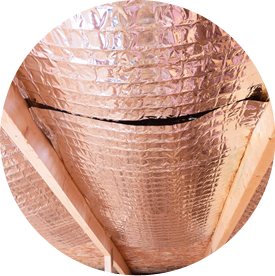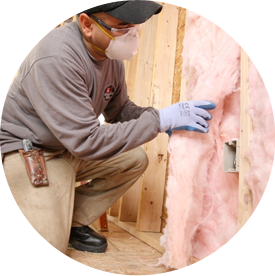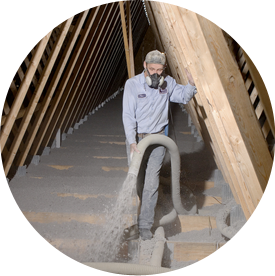Are You Sure?
Stay on Page
You are about to leave this IBP Houston and enter a third-party site. IBP Houston and Installed Building Products have no control over, and accept no liability, obligation, or responsibility for, the contents or performance of other websites. Any such link does not constitute an endorsement or any representation regarding, the linked website, its content, its owner, its performance, its owner’s products or services, or any forward-looking statements found in.








